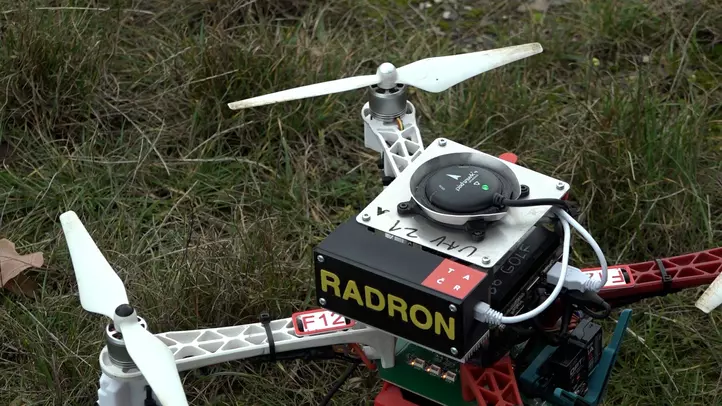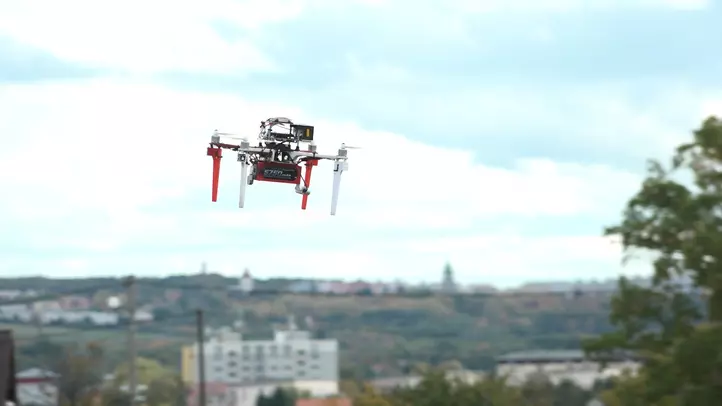Inspenet, November 3, 2023.
A team of scientists from the Faculty of Electrical Engineering (FEL) of the Czech Technical University in Prague, in collaboration with developers from the company Advacam , created a prototype called RaDron .
This drone has been designed for autonomous detection of dangerous radiation sources, without the need for control by a pilot and is considerably faster than a worker exposed to radiation carrying a conventional particle detector.
The RaDron is an unmanned aircraft that is suitable for operating in large or difficult-to-access areas that present significant health and safety risks. This device can be useful in environments such as nuclear power plants, emergency services, police and military forces, as well as border control points, airports, incident zones, municipal waste depots and in the regular transport of isotopes used in applications of nuclear medicine.

The core technology of this drone is based on Timepix3 chips, which provide the system with a wide range of data about each radiation particle that is detected.
“The detector is unique in its technology, it allows evaluating directional radiation, that is, where the radiation comes from. And this is a key parameter for the drone to navigate directly to the source in autonomous mode” explains Jiří Šestak from Advacam.
RaDron put to the test
The experiment involved the deployment of a RaDron with the aim of tracking a source of ionizing radiation that had been deposited in a specific area. Although the small container containing cesium-137 was not visible amid the tall vegetation, the drone managed to detect it in a matter of minutes and determined its location with an accuracy of one meter .
“The drone first systematically scans the marked area to find the first signs that there is a source of radionuclides“One of its creators describes what the machine does during the model situation.”Once the source is located, the drone begins to circle it and pinpoint its position, land near it and finally notify the response unit where it is located.“, describes the researcher.
” As an operator, I simply keep monitoring it, I see on my laptop the data that the drone sees and I can make some decisions about whether to abort the mission or continue ,” he explains.

When professionals who work with radiation arrive at the site, they put on special suits and use protective masks.
“They locate the source using a handheld dosimeter in which they have a probe with a telescopic adapter. Then they secure it, load it into a lead-armored transport box, which they then put into a car and take it to our institute.”adds Karel Prchal, head of the Radioactive Waste Management Center at the Nuclear Research Institute (ÚJV) in Řež.
Don’t miss any of our posts and follow us on social media!
Inspenet: https://inspenet.com/
YouTube: https://www.youtube.com/@inspenet
LinkedIn: https://www.linkedin.com/company/inspenetnetwork
Facebook: https://www.facebook.com/inspenetnetwork
Instagram: https://www.instagram.com/inspenet/

